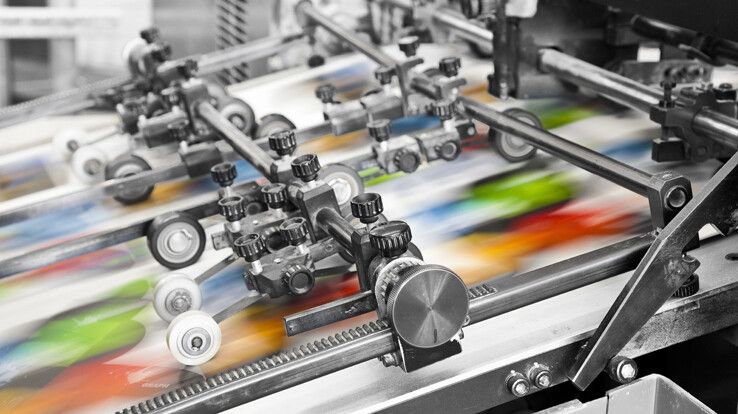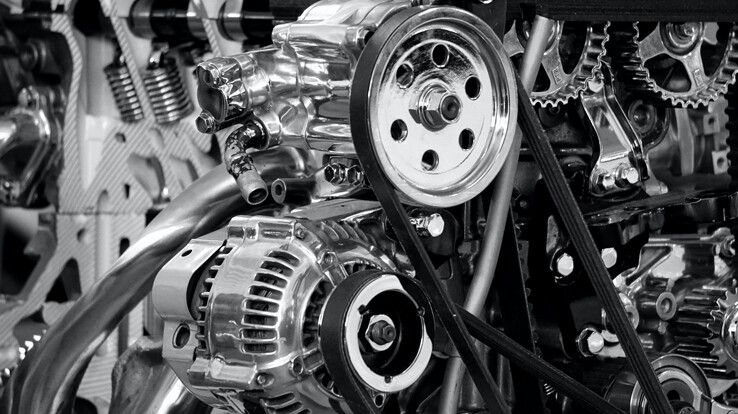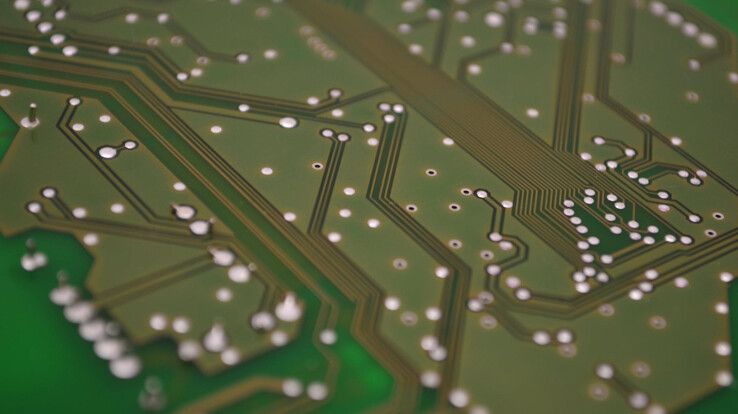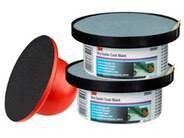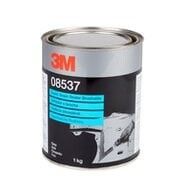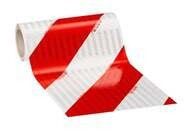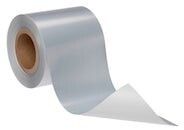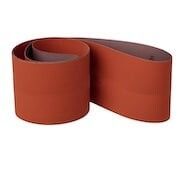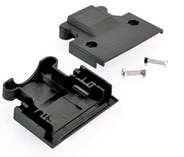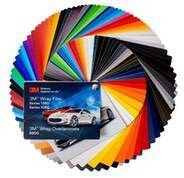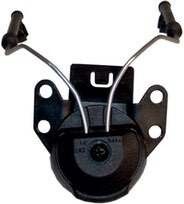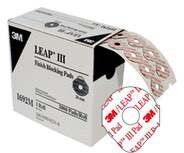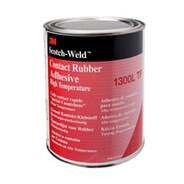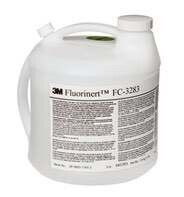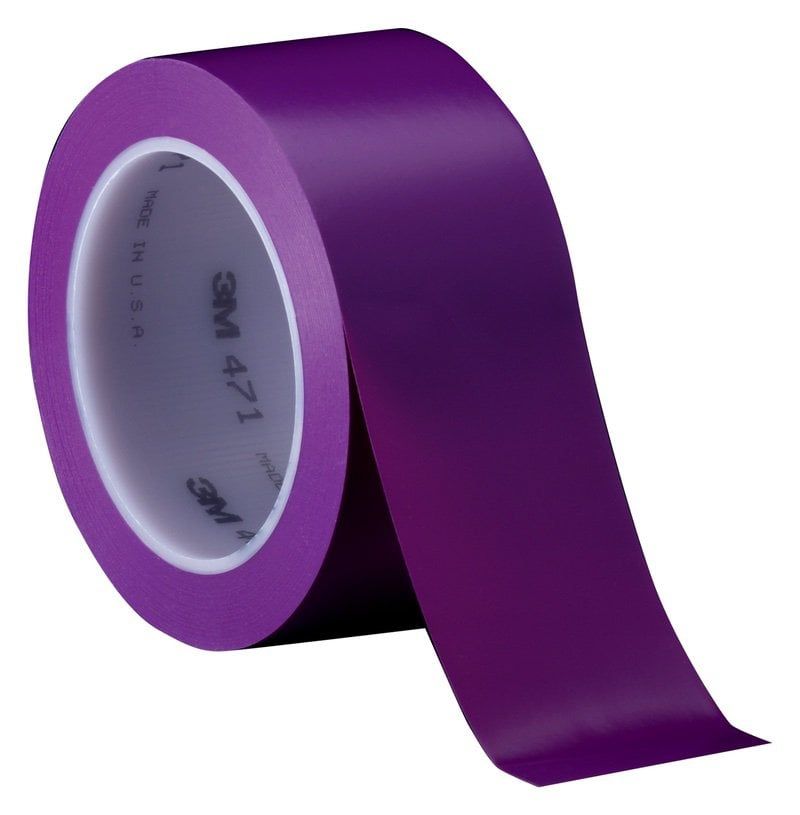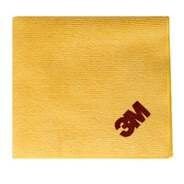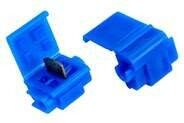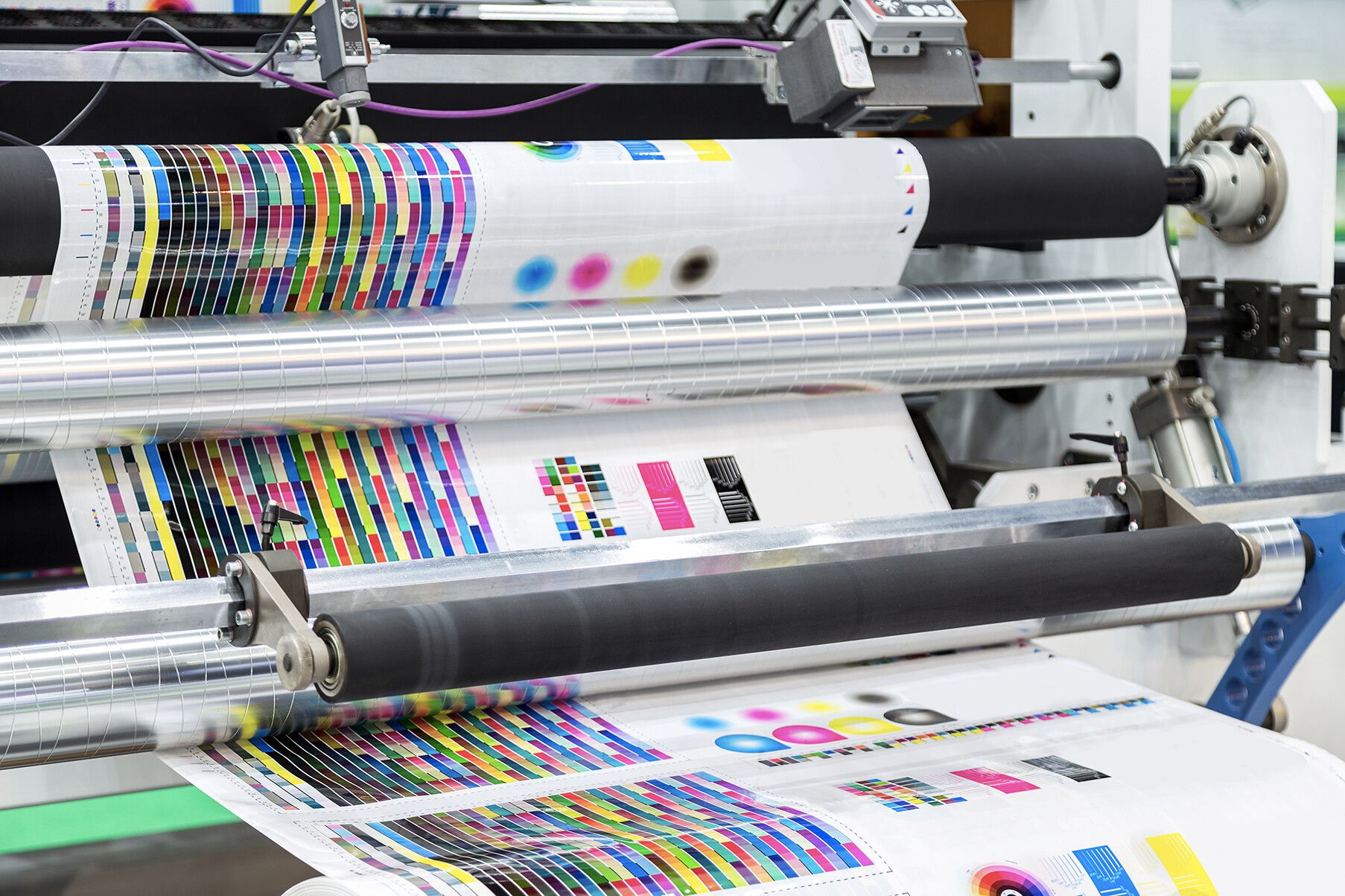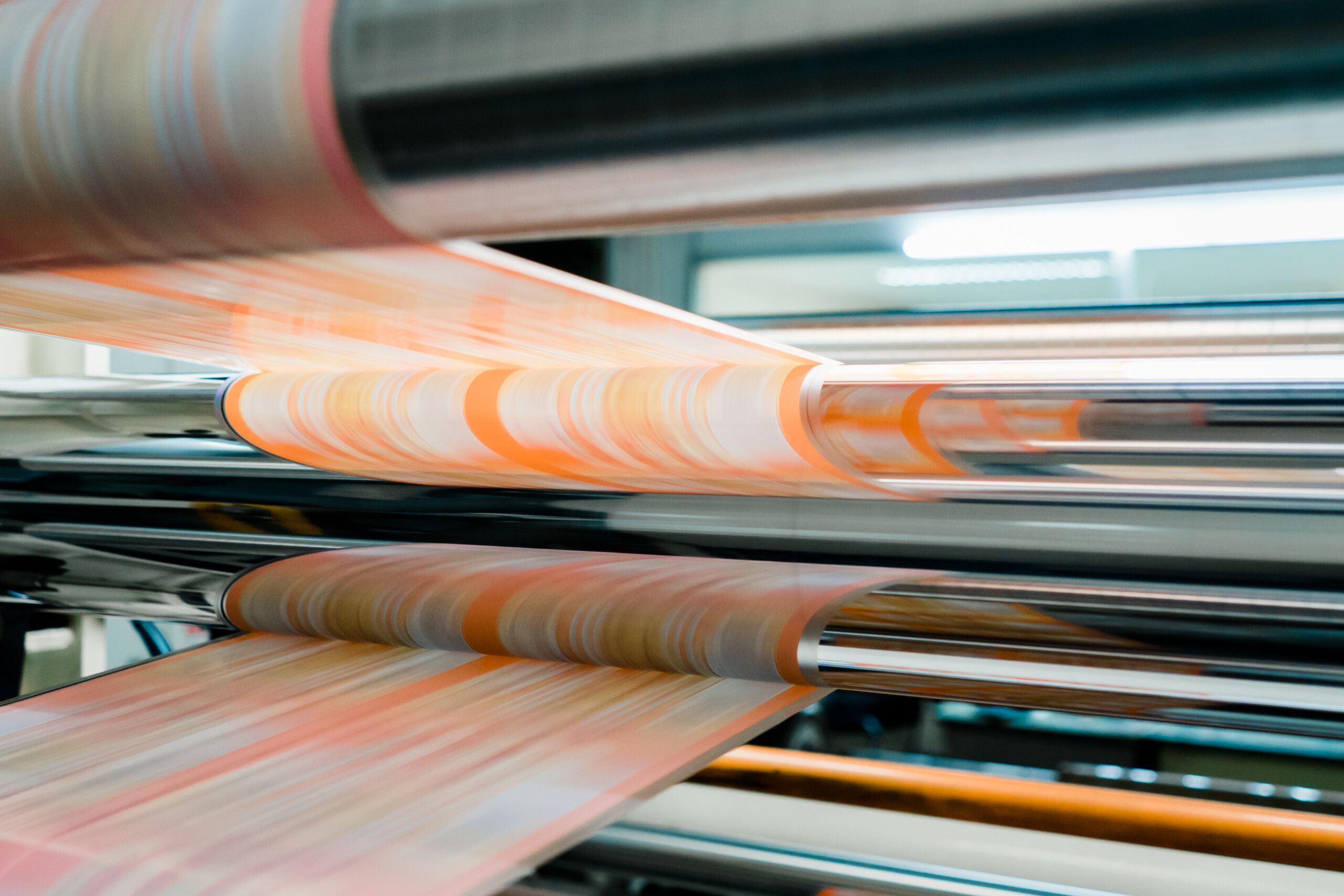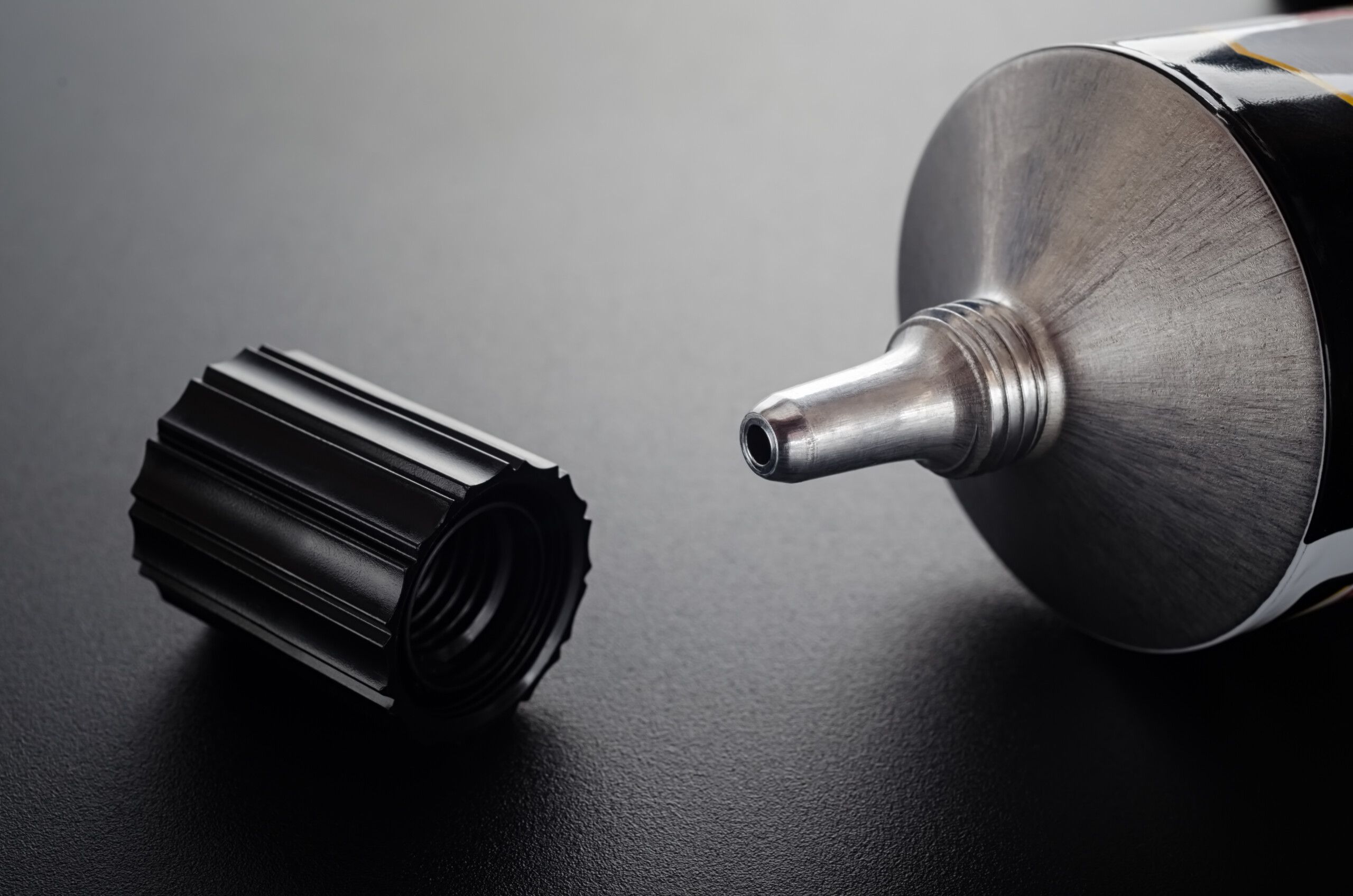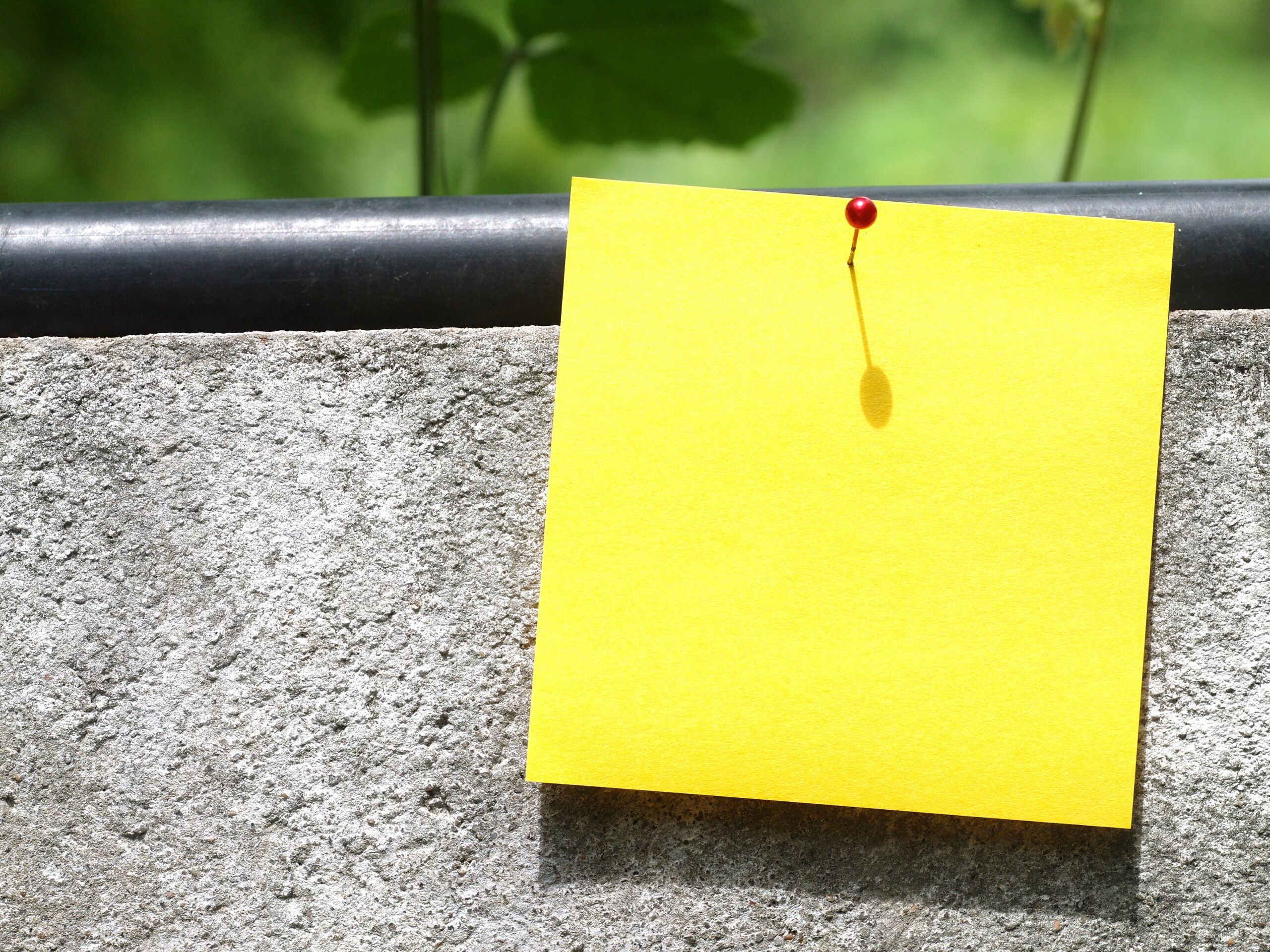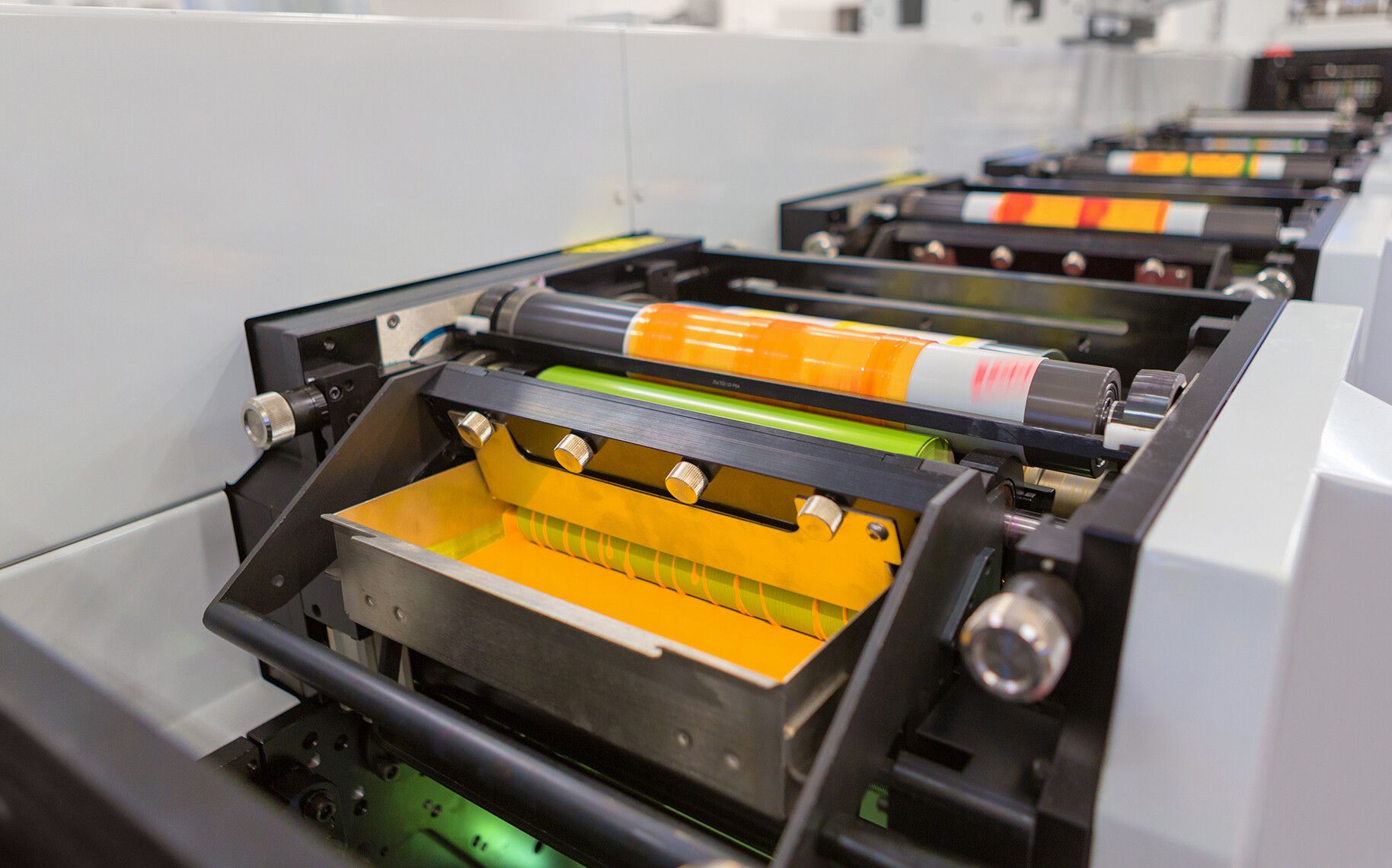The printing industry and trends of 2021
We are past the first month, and it is more and more clearly visible what the most important trends of this year can be in the world of printing industry. Of course, we know that this year can still produce a number of unexpected situations, so we are not stating anything with certainty. Anyway, let us have some speculations combined with professionalism on various possible trends!
Printing industry: cooperation with those living on the other side of the world
Many experts abroad believe that printing works should attract designers and graphic artists in-house in a hurry. It is possible that due to the remote working practice, accelerated by the epidemic, the new graphic artist lives on another continent. It is also possible that they are not a Hungarian person. Why not? In addition, due to the involuntary shutdown that affects many, several companies have to extend their range of services with other activities. From this perspective, employing a new colleague who lives far away but is digitally “next door” does not sound like a bad idea. It is better to select from professionals of the world than to consider only acquaintances.
WE ARE OPEN!
As soon as the improvement of the epidemiological situation makes it possible, the fundamental places of social life will open again. A lot of printed materials will need to be produced for simultaneously opening facilities – restaurants, pubs –, and those places attracting with more creative and innovative solutions will have the advantage. Such solution is laser cutting, which allows very precise dimensioning. Anyway, “We’re open!” messages need to be made prominent and conspicuous and then printed. This has got serious potential.
Quicker printability
One of the most important “basic materials” of the printing industry are source files. For example, in case of a picture, the resolution of the digital material is crucial. Fortunately, the unbelievable development of mobile phone cameras has allowed the photos to be instantly printed. The connection of mobile phones and printing works will have results in a number of interesting areas.
The printing industry and thinking green
Today, only in the United States, recyclable materials are used during paper production in 37%, and around four million trees are planted every day. As a result of this, more trees grow than being cut. Of course, the environmental awareness of the printing industry is also visible in other areas around the world. A proof of this is the “greening” of the entire printing production process, from plant-based ink and oil from renewable energy sources, through solvent-free ink and the reuse of dirty solvents, to optimized waste reducing programs.
The changed lifestyle and the printing industry
According to experts of working life, home office has ingrained into the lives of businesses and companies forever. Accordingly, every solution and product of the printing industry that supports working at home and is included in it can be successful. This includes office supplies, glues, adhesive tapes, labels, surface protectors or even tools assisting in the organization of work. The Scotch product family distributed by Flanker is a good example of that office life is easier to achieve in homes with effective tools.
- Hits: 608


